As we wave goodbye to 2023 and prepare to embrace the opportunities of the coming year, it’s a perfect time to look ahead toward the future. What innovations and technological advancements await us in the new year and beyond?
From evolutionary to revolutionary changes, thoughtful consideration of how new technologies might affect your business could provide strategic advantages. With this in mind, let’s explore the top tech trends Gartner predicts will play a significant role in 2024 and beyond.
What trends will shape 2024?
1. AI Trust, Risk and Security Management (AI TRiSM)
As the adoption of Artificial Intelligence (AI) continues to accelerate, organizations are increasingly seeking frameworks to manage the associated risks and ensure responsible AI development. AI Trust, Risk, and Security Management (AI TRiSM) is emerging as a prominent approach, offering a comprehensive approach to governance, trustworthiness, fairness, reliability, robustness, transparency, and data protection for AI models.
This framework is gaining traction due to its demonstrated ability to enhance the success of AI projects, increase model precision, and promote fairness in AI-driven applications. Additionally, it emphasizes the importance of continuous model monitoring to ensure that interpretability and explanations remain consistent throughout the AI lifecycle. Organizations that embrace AI TRiSM are laying the foundation for responsible and trustworthy AI deployments that deliver real business value.
2. Continuous Threat Exposure Management (CTEM)
Cybersecurity remains a top priority. organizations seek pragmatic and systemic approaches to optimize their risk mitigation strategies. CTEM, emerges as a forward-thinking approach that aligns exposure assessment cycles with business projects and threat vectors, ensuring security efforts align with organizational objectives.
Beyond traditional vulnerability management, CTEM addresses both patchable and unpatchable exposures, recognizing the need for comprehensive risk mitigation. To validate security controls and prioritization decisions, it incorporates an attacker’s perspective, simulating real-world attacks to test the resilience of defenses. This evidence-based approach shifts focus from tactical responses to informed decisions based on threat analysis, enabling organizations to effectively address emerging threats and enhance overall cybersecurity posture.
3. Sustainable Technology
As the world confronts pressing environmental, social, and governance (ESG) issues, Sustainable Technology stands as a compelling framework for digital solutions to foster positive change: environmental technologies that safeguard the natural world, social technologies that promote human rights and well-being, and governance technologies that strengthen ethical business practices.
Effective implementation of Sustainable Technology hinges on selecting relevant technologies aligned with industry priorities and stakeholder expectations. Cloud services, AI, and other innovative tools can play a transformative role in driving sustainability initiatives.
4. Developer-Driven Self-Service: Platform Engineering
In the pursuit of rapid software delivery and enhanced developer productivity, Platform Engineering focuses on constructing and maintaining self-service internal platforms as layers of abstraction for streamlining the development process and easing the cognitive burden for developers.
By carefully curating reusable, composable, and configurable platform components, knowledge, and services empowers developers to independently manage and develop applications while guaranteeing reliability and security.
This approach not only optimizes the developer experience but also expedites time to market and augments business value. To effectively implement Platform Engineering, organizations should treat the platform as a product, actively engaging with end users to identify and prioritize their requirements. Additionally, fostering a product management culture promotes open communication and collaboration between platform engineers and end users, enabling continuous improvement and feedback loops.
5. AI-Augmented Development
This approach leverages AI technologies like GenAI and Machine Learning (ML) to aid software engineers across the development lifecycle. These tools seamlessly integrate into developers’ environments, helping generate application code, convert legacy code to modern languages, facilitate design-to-code transformation, and improve application testing.
By automating routine tasks and offering intelligent guidance, AI-augmented development significantly boosts developer productivity, allowing them to concentrate on higher-level tasks like crafting innovative business applications. This not only streamlines the development process but also empowers developers to efficiently deliver software solutions, keeping pace with the escalating needs of today’s businesses.
6. Industry Cloud Platforms
In the dynamic landscape of modern business, Industry Cloud Platforms (ICPs) can revolutionize the way organizations approach IT infrastructure and solutions. These platforms seamlessly integrate underlying SaaS (Software as a Service), PaaS (Platform as a Service), and IaaS (Infrastructure as a Service) services into a unified offering crafted specifically for distinct industries. This tailored approach addresses the unique challenges and requirements of each industry, providing a comprehensive solution that optimizes IT capabilities and drives business success.
At the heart of ICPs lies composability, a key feature that empowers organizations to flexibly combine and customize platform functionalities to align with their specific needs. This agility enables businesses to swiftly adapt to evolving market trends and business requirements, fostering innovation and resilience. Moreover, ICPs are designed with industry-specific outcomes in mind, ensuring that the platform’s features and capabilities are tailored to address the mission-critical priorities of each vertical segment. This focus on industry-specific value ensures that organizations maximize the return on their cloud investments and gain a competitive edge.
7. Intelligent Applications
Intelligent Applications, infused with AI capabilities and diverse data sources, are revolutionizing organizational interactions with users. They offer real-time insights, personalized experiences, and predictive features beyond traditional functionalities. By analyzing user behavior and external trends, these applications proactively cater to user needs, enhancing experiences and driving superior outcomes. This data-centric approach empowers informed decision-making, operational optimization, and competitive advantage.
This paradigm shift in business interactions is driven by Intelligent Applications, leveraging AI and data to transform customer experiences, streamline operations, and foster innovation. They position organizations to flourish in the dynamic digital landscape.
8. Democratized Generative AI
Democratized Generative AI (DGAI) is revolutionizing how organizations operate and engage with stakeholders in the digital realm. By democratizing content creation, it boosts productivity through automation, cuts costs, and empowers a wider workforce with new skills and opportunities. Its personalized content capabilities enhance customer experiences, while unified data access aids decision-making and workflow efficiency.
As DGAI evolves, its impact promises to transform industries, streamlining processes, elevating customer interactions, and transform how virtually all enterprises compete by empowering users across roles.
9. Augmented Connected Workforce
As remote work persists, Augmented Connected Workforce (ACW) seamlessly integrates intelligent technologies and analytics to empower employees with the tools and insights crucial for success. This approach bridges human expertise with technological capabilities, enabling better decision-making, heightened productivity, and a more adaptable workforce ready to tackle the demands of the digital age.
Beyond individual empowerment, it drives organizational agility by rapidly acquiring new skills and adapting to market shifts. It fosters a motivated workforce, enhancing retention and reducing turnover costs. As workplaces embrace automation and AI, it prepares employees to thrive in this intelligent setting.
10. Machine Customers
Businesses will cater not only to human customers but also to machines. Proliferating connected products with purchasing autonomy in 2024 and beyond will disrupt trillions in sales as non-human economic actors impact business models. Innovatively serving algorithmic customers presents new opportunities for those adapting early.
These non-human economic players, enabled by connected devices, signify a paradigm shift in commerce. With an estimated 15 billion connected devices by 2028, poised to engage in transactions independently. Their impact extends across business realms, offering expanded consumer markets, personalized experiences, streamlined operations through automation, and invaluable data insights for market research and product development.
Conclusion
The opportunities and challenges these emerging technologies present are complex to navigate. By carefully considering strategic implications and staying informed about the evolving landscape, technology leaders can position their organizations to capitalize on promising innovations while mitigating risks.
As we venture into the future, we’re committed to being your trusted partner, staying ahead of the curve, and delivering value through responsible innovation. At Making Science, we’re ready to ride the wave of these technological advancements, guiding you on your journey from insight to actionable strategy.
Understand emerging influences, equip yourself to seize opportunities, and safeguard your organization’s future success!

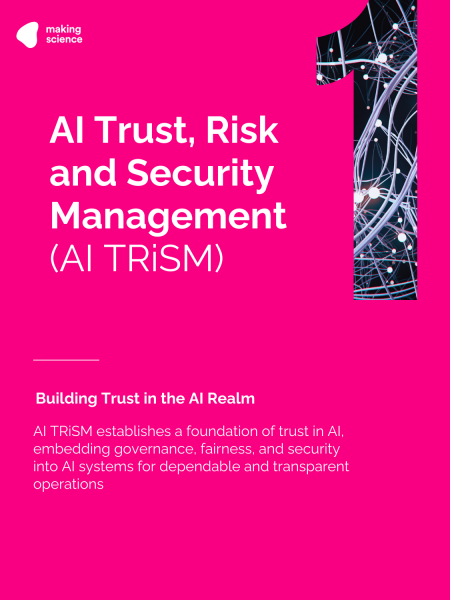
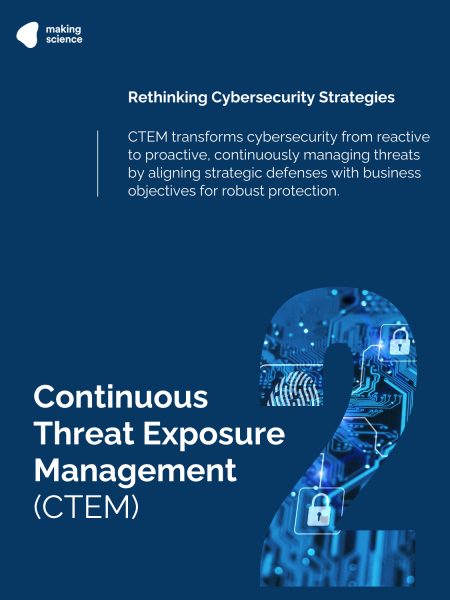
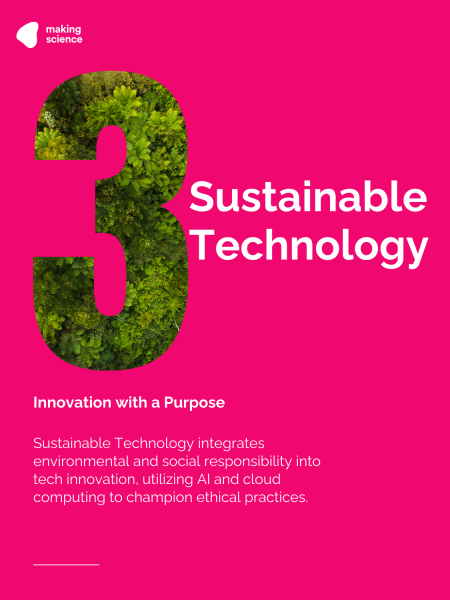
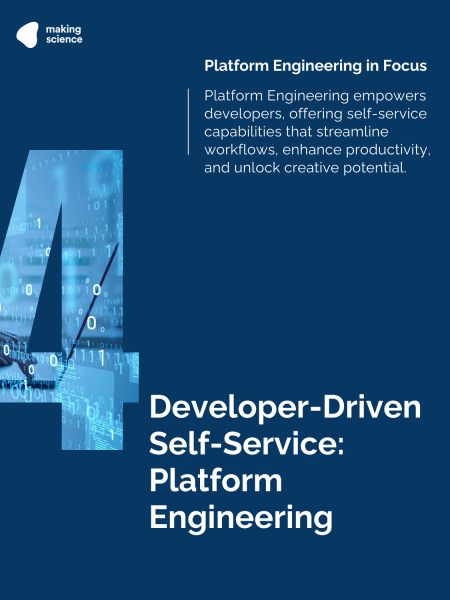
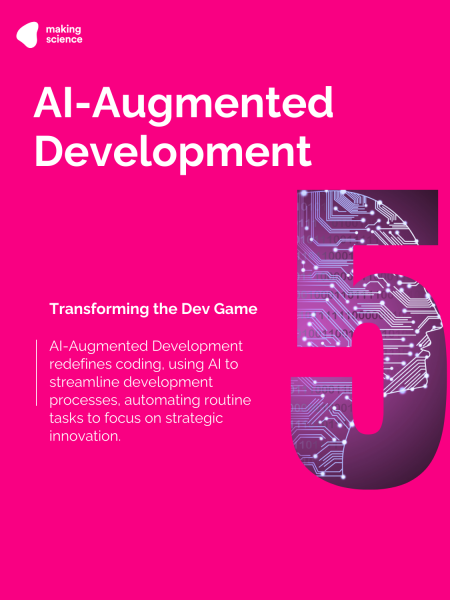
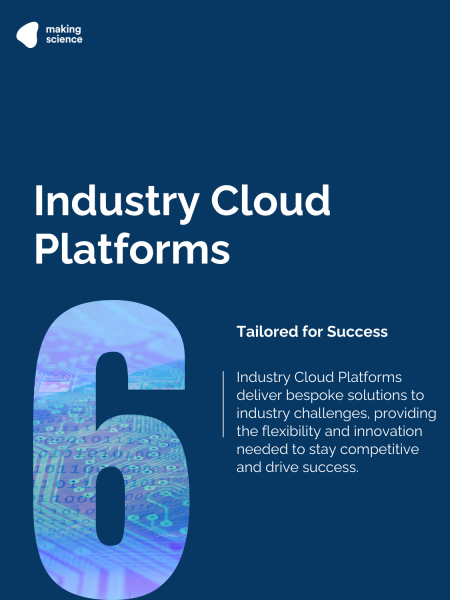
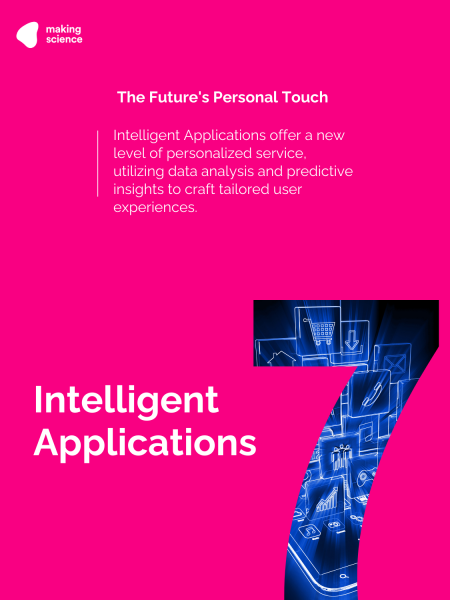
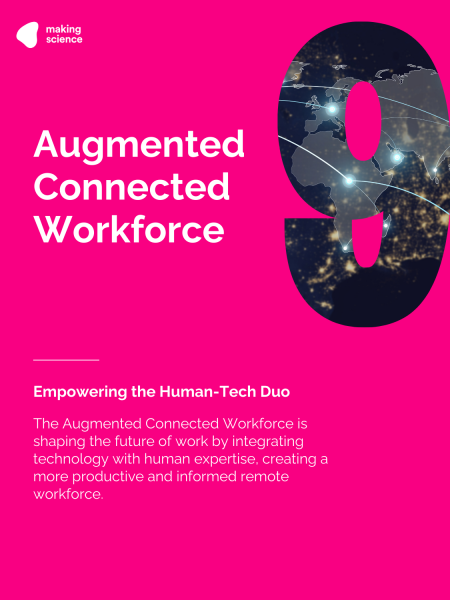
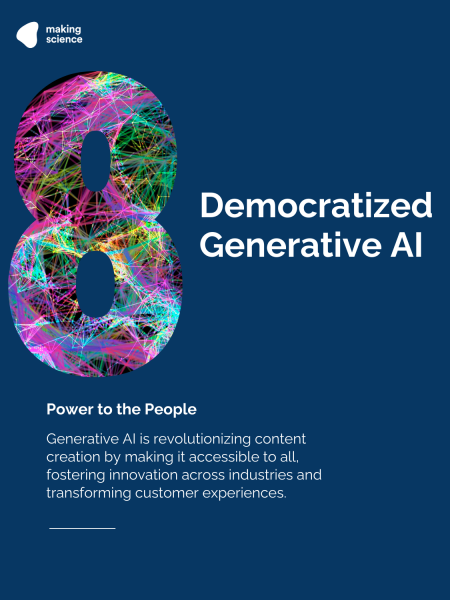
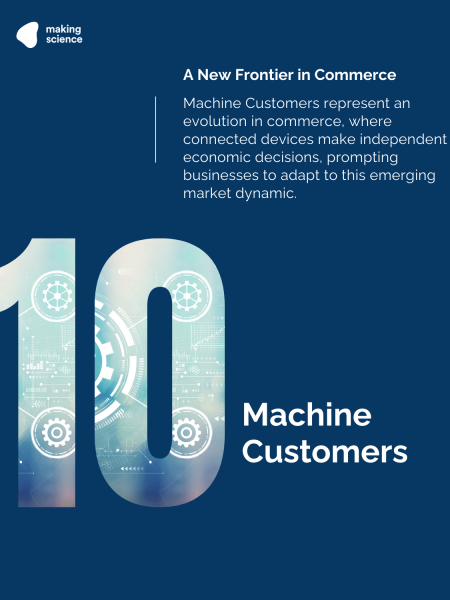






 Cookie configuration
Cookie configuration